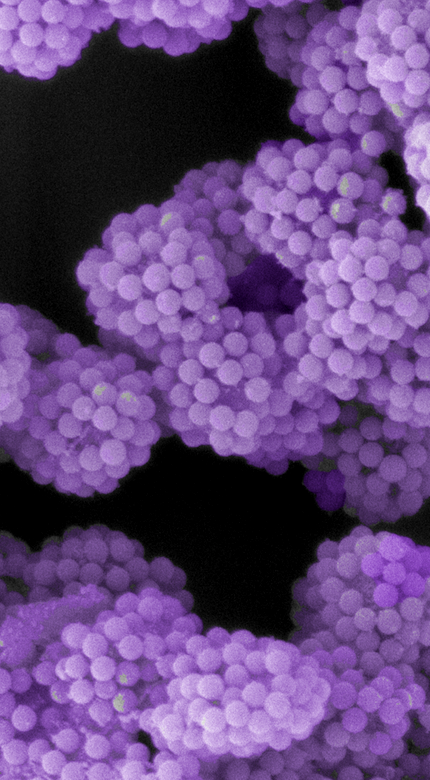Nano-LEGO locks down new designs
 Australian researchers are transforming tiny particles into modular building blocks.
Australian researchers are transforming tiny particles into modular building blocks.
The mind-bendingly small blocks work in a similar way to LEGO.
The work holds promise for micro- and nano-scale applications including drug delivery, chemical sensing and energy storage.
University of Melbourne engineer Frank Caruso said his team nano-engineered building blocks for the development of advanced materials.
“Nano-objects are difficult to manipulate, as they’re too tiny to see directly by eye, far too small to hold, and often have incompatible surfaces for assembling into ordered structures,” he said.
“Assembling LEGO bricks into complex shapes is relatively easy, as LEGO studs ensure the blocks stick together wherever you want.
“So we used a similar strategy as a basis for assembling nano-objects into complex architectures by first coating them with a universally adhesive material [a polyphenol] so that they resemble the studs on LEGO bricks.
“This allows for a range of nano-objects to stick together around a template, where the template determines the final shape of the assembled structure,” Professor Caruso said.
So far, the team has made blocks out of 15 different materials in different sizes, shapes, compositions and functionalities.
Compositions include polymeric particles, metal oxide particles and wires, noble metal nanoparticles, coordination polymer nanowires, nanosheets and nanocubes, and biologicals.
“Many previous methods have been limited by particle-specific assembly,” Professor Caruso said.
“However, this new polyphenol-based particle approach can be adapted to different functions and allows different building blocks to be assembled into super-structures,” he said.
The “studs” in the LEGO brick-like structures provide a spot for assembling and inter-locking the building blocks using multiple anchor points.
The studs can can interact with a secondary substrate or coordinate with metal ions, interlocking the structures.
The team says the diverse range of options means they will be able to rapidly generate structures with enhanced chemical diversity and structural flexibility across a wide range of lengths, from nanometres to centimetres.







 Print
Print